In the beginning there was nothing but giant tables and carbon copy paper. Everything was tedious and time consuming. Everybody had to carefully trace everything by hand to make a copy of a drawing.
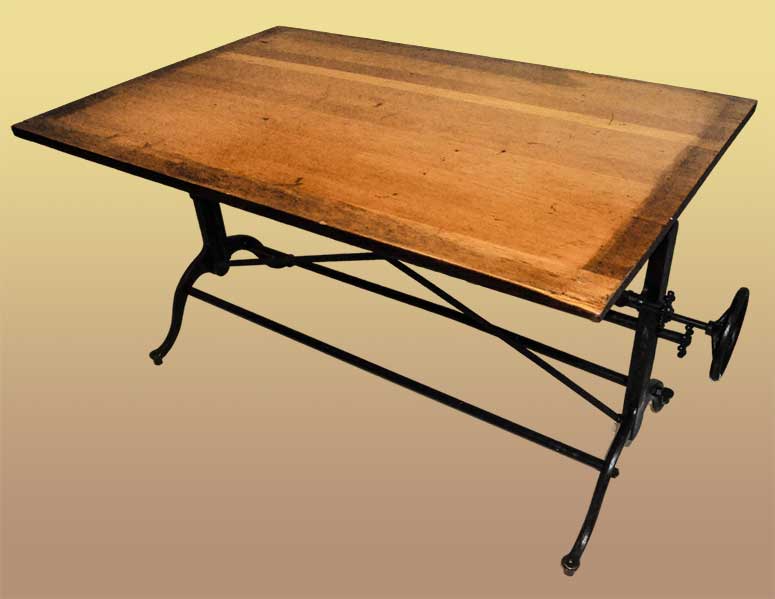
Eventually computers made it possible to make lossless copies of a design. In the 1950s the automotive industry was one of the early adopters of computerized assisted design.
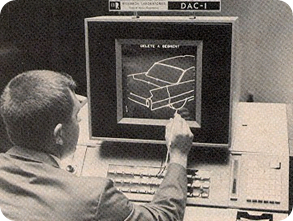
Throughout the 1960s and 1970s computers gained power exponentially and the process of computer aided design got more attainable it was still unobtainable by anyone but major corporations.
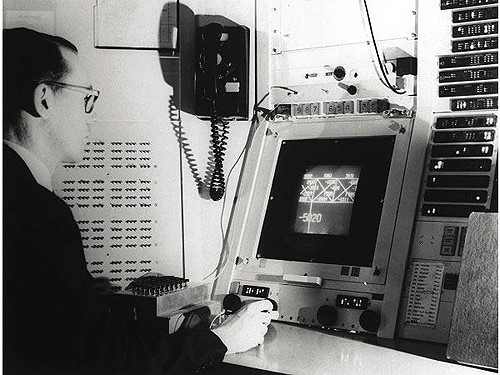
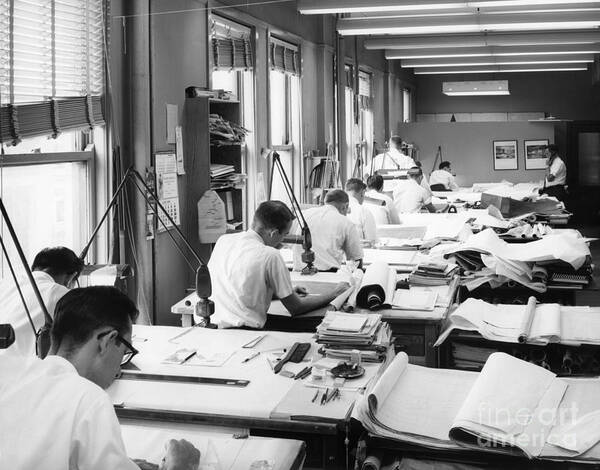
By the 1980s IBM was creating systems for the design and engineering field.
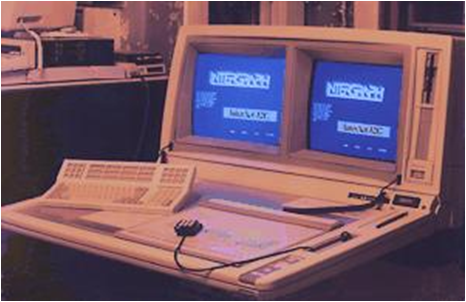
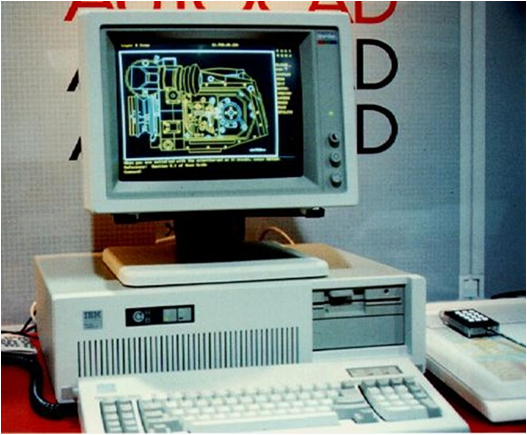
In the 1990s this trend continued. Professional level software could be run on home computers. I remember my high school had a mechanical drawing class that had old school drafting tables with the slide square. There was only one computer in the classroom and it was 486 with 4 megs of ram and only the teacher’s assistant ever got to use it. The best part of 1990s CAD was the cambrian explosion of pointing devices and mice…
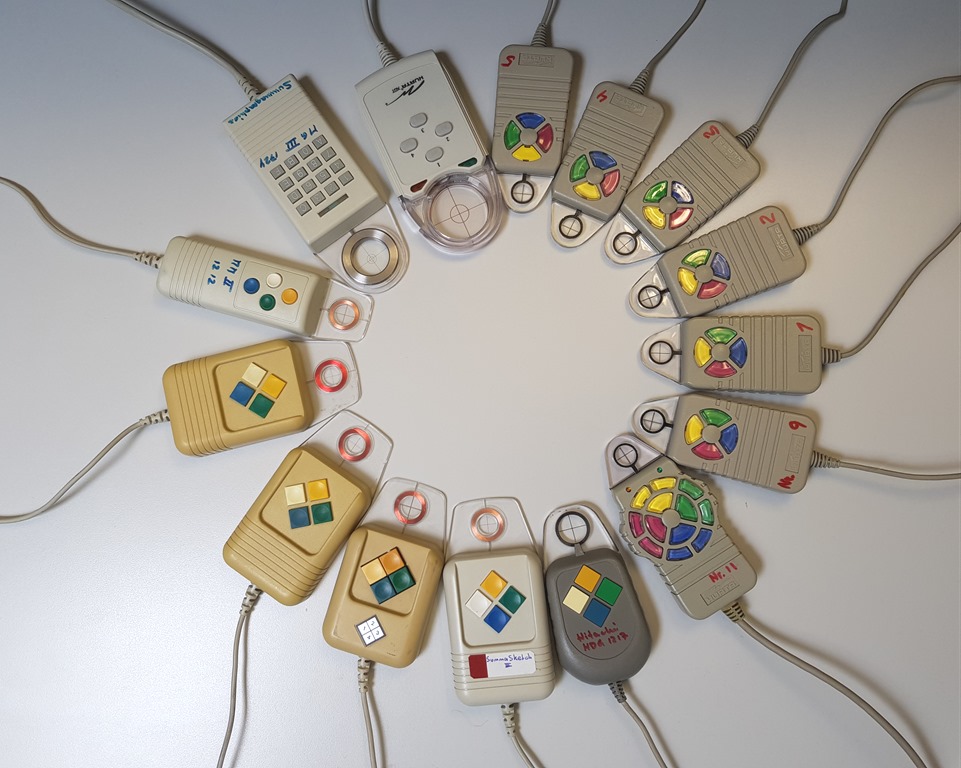
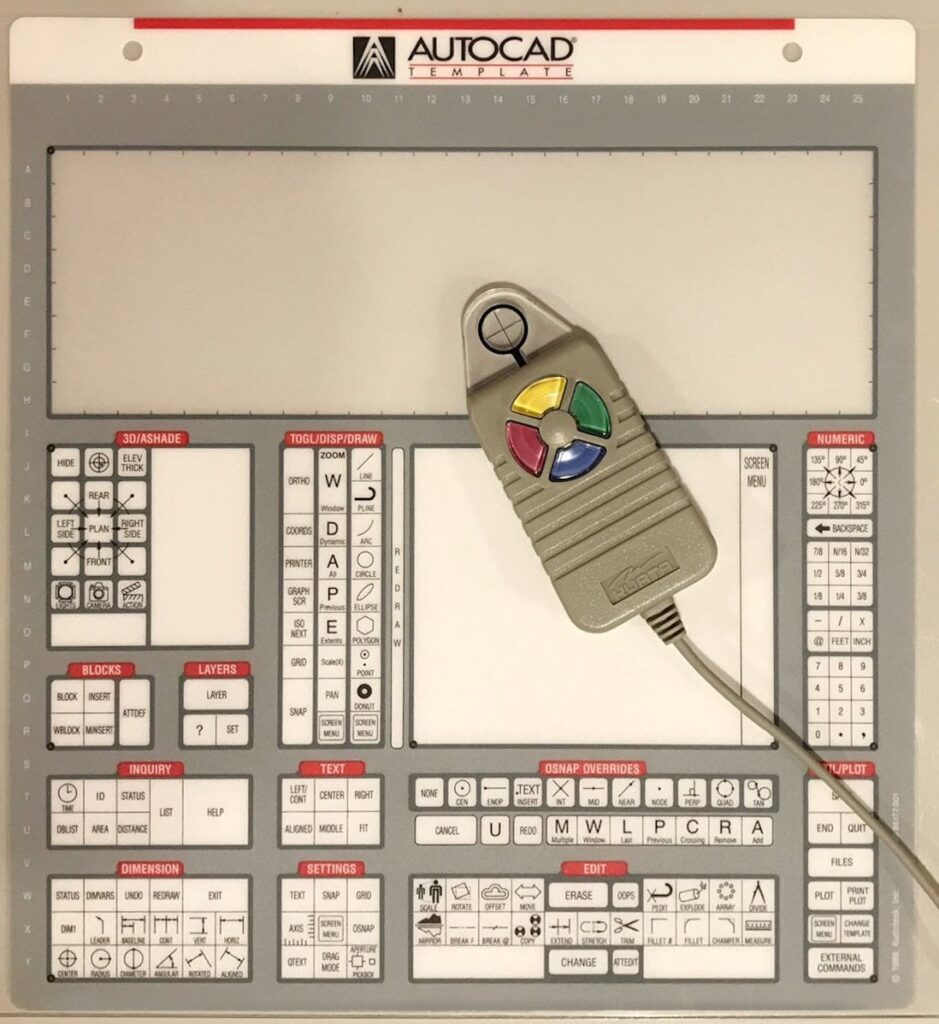
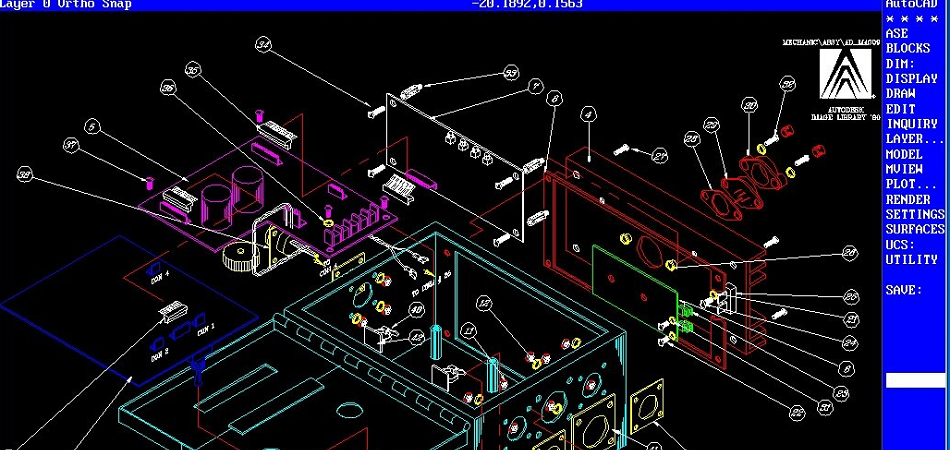
The 1990s and 2000s was the golden age of software piracy. The best response to remedy their losses has been to switch to a cloud based subscription model. This provides some quality of life improvements for end users and makes the business more reliable. Developers don’t have to worry about client not upgrading to the new version when it’s released or half the world deciding not to pay for their copy.



